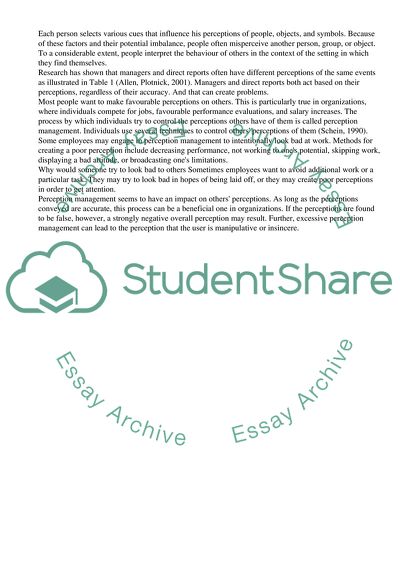Cite this document
(Perception Management - Perceptual Differences and Behavior Essay, n.d.)
Perception Management - Perceptual Differences and Behavior Essay. Retrieved from https://studentshare.org/management/1513276-perception-management
Perception Management - Perceptual Differences and Behavior Essay. Retrieved from https://studentshare.org/management/1513276-perception-management
(Perception Management - Perceptual Differences and Behavior Essay)
Perception Management - Perceptual Differences and Behavior Essay. https://studentshare.org/management/1513276-perception-management.
Perception Management - Perceptual Differences and Behavior Essay. https://studentshare.org/management/1513276-perception-management.
“Perception Management - Perceptual Differences and Behavior Essay”, n.d. https://studentshare.org/management/1513276-perception-management.


